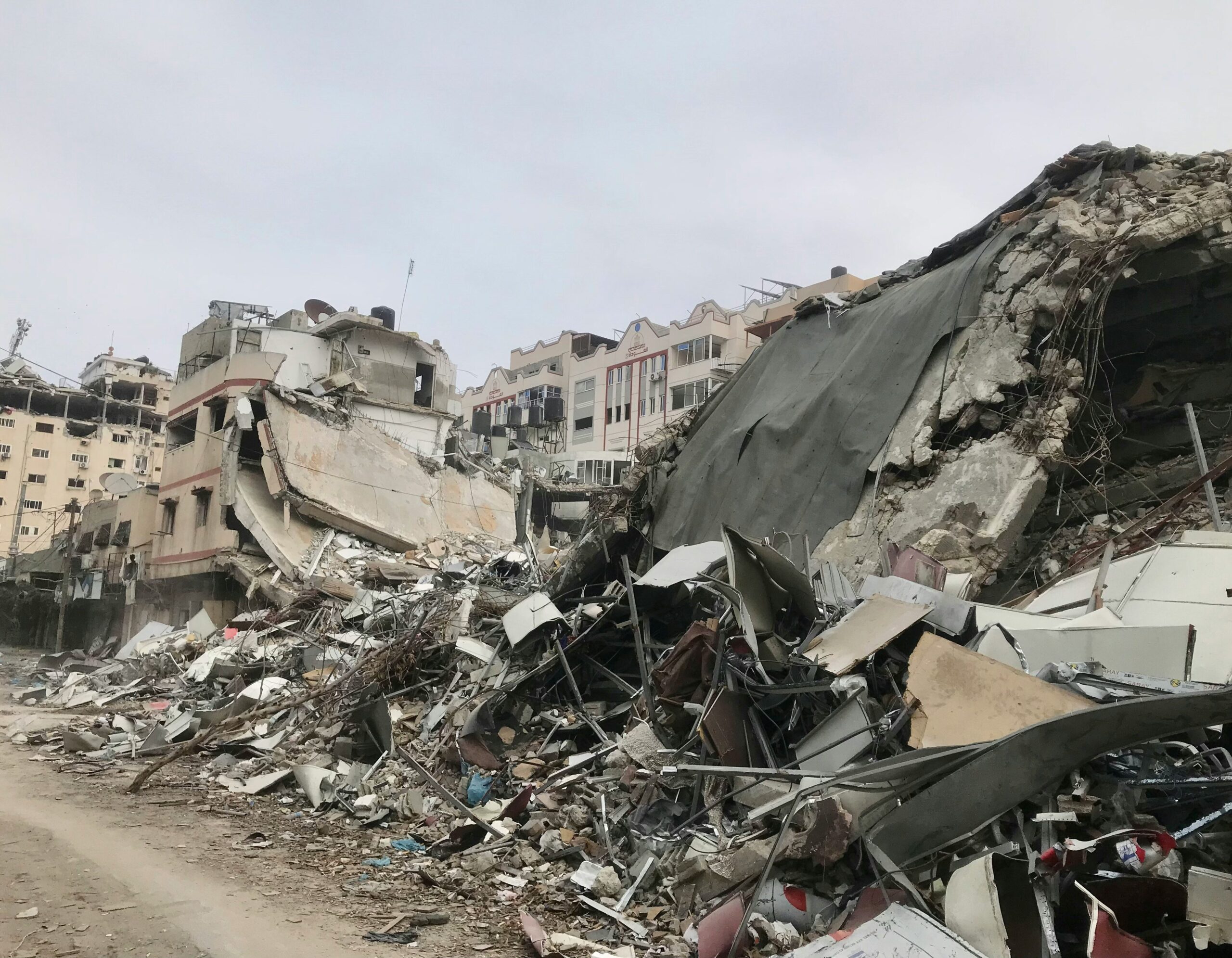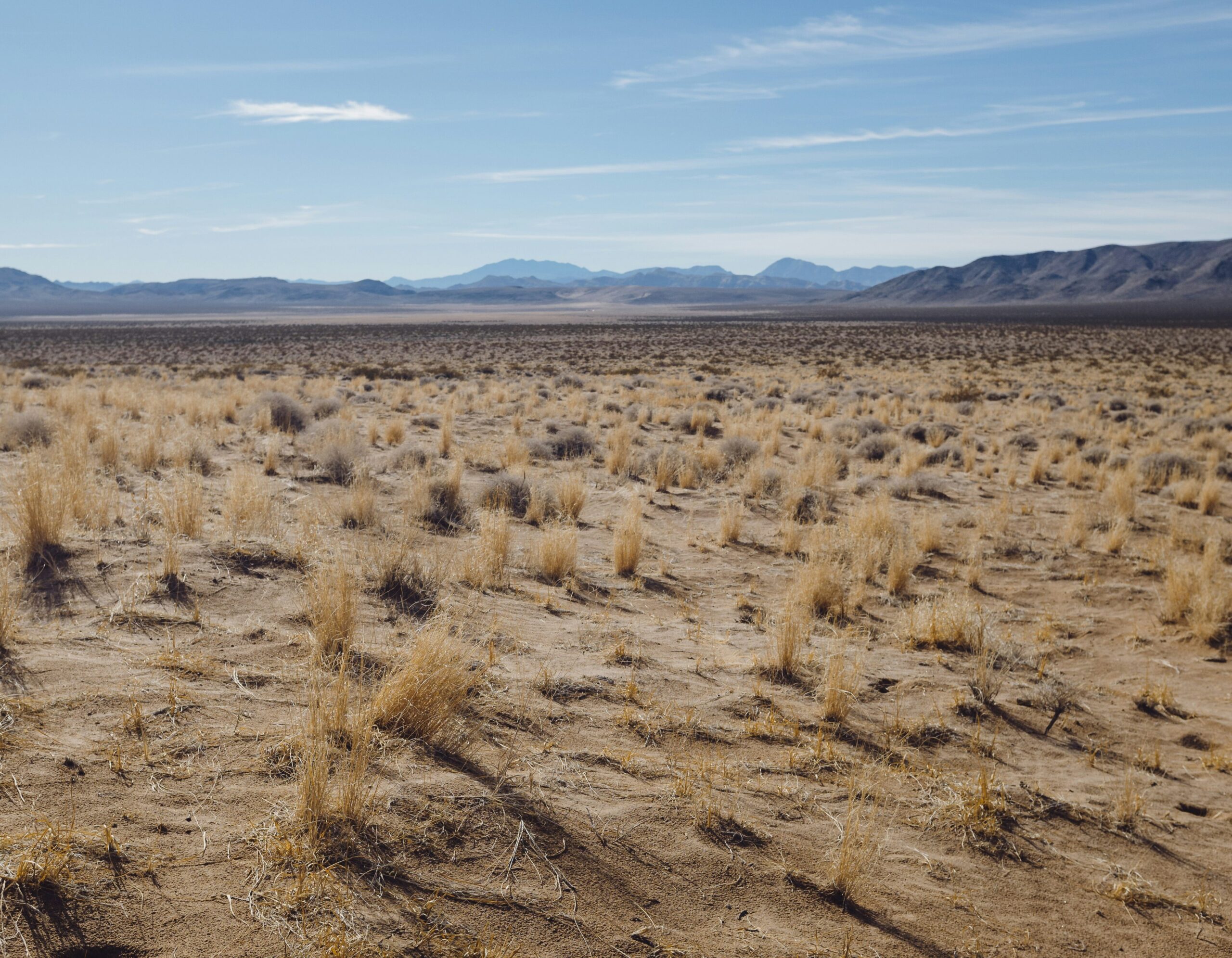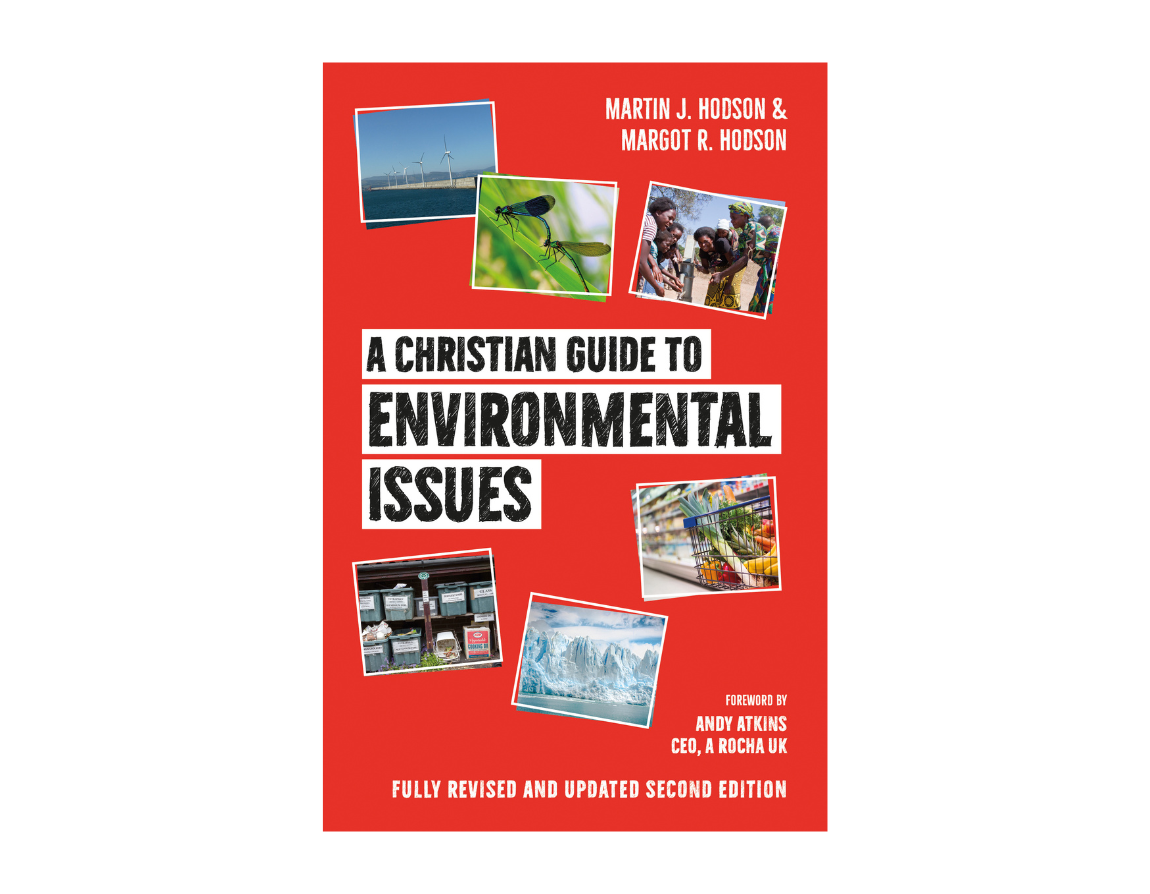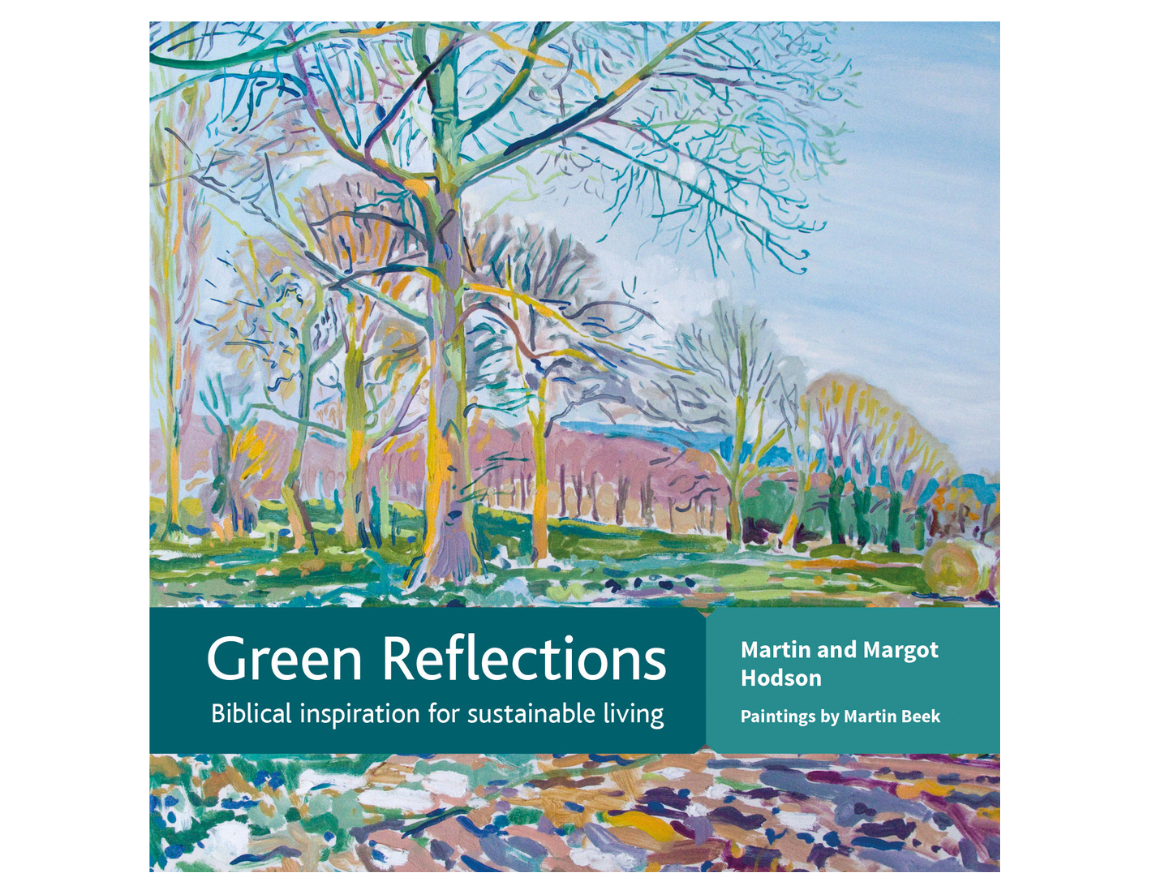The second of our articles by BRF Resources authors to mark Creationtide which runs until the Feast of St Francis on 4 October. Martin Hodson, author with his wife Margot of A Christian Guide to Environmental Issues and Green Reflections, understands why many people might think this is an odd time to talk about peace.
21 September 2025
Anything but peaceful
Creationtide is a time when many churches celebrate the wonders of creation, and maybe also look at some of the problems. So it is not unusual for churches to hold a Harvest Festival on one of the Sundays in this season, and Climate Sunday, considering climate change, on another. There are many resources available for this time now, and some churches do something on this theme every Sunday during the season, and have day conferences and meetings at other times in the week. It is now very likely that 1 September next year (2026) and those following will be designated as a new ecumenical ‘Feast of Creation’ to begin Creationtide.
The theme of Creationtide 2025 is ‘Peace with Creation’ but as I am writing the world seems anything but peaceful. We still seem nowhere near to peace in either Ukraine or Gaza, and there are also many wars going on in other parts of the world which get far less attention in the news. There are many more. So it seems a slightly odd time to talk about peace.

We still seem nowhere near to peace in either Ukraine or Gaza.
Ancient parallels
But, if we think about it, then it must have felt the same to Isaiah and many of the other Old Testament prophets in their day. This year, the biblical reference for the Creationtide theme ‘Peace with Creation’ is Isaiah 32:14–18. Let us unpack this passage and see what it has to say to us.
First, a little on the context that Isaiah was writing into. It is generally thought that the first part of Isaiah (chapters 1–39) was written by the prophet in the eighth century BC, a time when Assyria was a considerable threat. The northern kingdom of Israel fell during this period, leaving Isaiah writing from Jerusalem in Judah in the south. Most people think that the later sections of Isaiah were written by other prophets in Isaiah’s school, and that chapters 40–55 concern the Babylonian exile in the sixth century BC, with chapters 56–66 being written to those who had returned to Jerusalem after the exile.
In Isaiah we often see that environmental themes are woven into warnings, judgement and blessings. When the people turn away from God, Isaiah often warns them that the outcome will be floods, droughts, famine, and briers and thorns (symbolising desolation, judgement and the negative consequences of human sin). But when they turn back to God we see the flourishing of the natural environment. Most of the warnings are in the early part of the book, and most of the more positive material is towards the end, including a number of messianic prophecies.
However, this is only a general guide, and quite often, as in the present reading, we see all of these ideas in one short passage:
The fortress will be abandoned,
the noisy city deserted;
citadel and watchtower will become a wasteland for ever,
the delight of donkeys, a pasture for flocks,
till the Spirit is poured on us from on high,
and the desert becomes a fertile field,
and the fertile field seems like a forest.
The Lord’s justice will dwell in the desert,
his righteousness live in the fertile field.
The fruit of that righteousness will be peace;
its effect will be quietness and confidence for ever.
My people will live in peaceful dwelling-places,
in secure homes,
in undisturbed places of rest.
Isaiah 32:14–18 (NIV)

In Isaiah we often see that environmental themes are woven into warnings, judgement and blessings.
The wilderness will rejoice
Our text begins (Isaiah 32:14) with a typical opening scene of desolation, ‘The fortress will be abandoned, the noisy city deserted; citadel and watchtower will become a wasteland forever, the delight of donkeys, a pasture for flocks.’ In the section before our passage, Isaiah 32:1–13 warns the people of ungodliness, wickedness and complacency, and this scene of desolation will be the consequence if they do not mend their ways.
But here we very rapidly move on to more positive thoughts of restoration in verses 15–16: ‘till the Spirit is poured on us from on high, and the desert becomes a fertile field, and the fertile field seems like a forest. The Lord’s justice will dwell in the desert, his righteousness live in the fertile field.’
The desert blooming is often seen as a metaphor for spiritual renewal. Perhaps it is best seen in Isaiah 35:1 ‘The desert and the parched land will be glad; the wilderness will rejoice and blossom.’ But then notice that the Spirit being poured out (32:15) leads to justice and righteousness (32:16), and this righteousness leads to peace (32:17): ‘The fruit of that righteousness will be peace; its effect will be quietness and confidence forever.’
The Hebrew word used for peace here is shalom. This means much more than an absence of war and fighting, and could imply concepts like completeness, harmony, health, tranquillity and wholeness. Notice it will last ‘forever’. The total effect of the restoration of justice and righteousness is peace for humanity, summed up in our final verse (32:18): ‘My people will live in peaceful dwelling-places, in secure homes, in undisturbed places of rest.’

The desert blooming is often seen as a metaphor for spiritual renewal.
But before that
Before we get carried away with the idea that Isaiah 32:14–18 might indicate that better times are just around the corner for both the created order and for humanity, I should point out that it is almost certainly a messianic prophecy, looking to a time after the Messiah returns. Moreover, at the moment we seem to be stuck in the early verses of Isaiah 32, where the ungodly, the wicked, and the complacent are in control of our destiny. We have yet to reach the scene of total devastation depicted in verse 14, and we should hope and pray that, unlike the people of Judah all those years ago, we do repent of our evil ways before we get to that point.
Nevertheless, the principle that a healthy environment and human well-being are in many ways connected is a good one to hold on to. Likewise, justice and righteousness for the environment will lead to shalom and the sense of peace. There is a lot we can do now to promote that peace. There is much we can do concerning the environment that will help: everything from writing to your MP, to changing your diet, to putting solar panels on your roof. If we are going to promote ‘Peace with Creation’ it is time to get moving.
To find out more on this theme, see: Margot R. Hodson, Uncovering Isaiah’s Environmental Ethics, Grove Ethics Series E161 (Grove Books, 2011).



